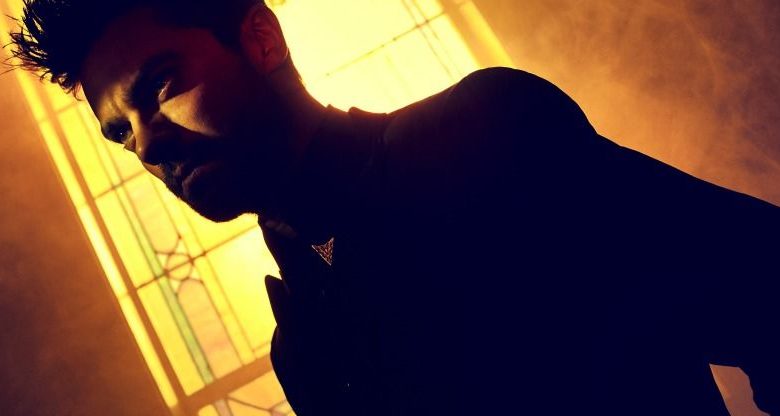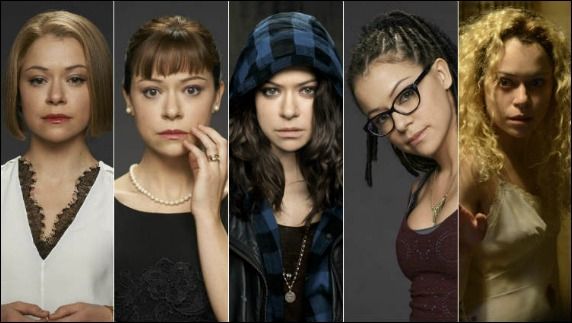
How about a painting created in the last 40 years? Much harder,isn’t it?
For me, it’d be Andrew Wyeth’s “The Carry,” painted in 2003. The painting depicts a confluence of rivers and was a metaphor for the two parts of Wyeth’s own soul.
A painting has to go from the artist’s studio, to a gallery and then to an owner. It often ends up as part of collection before it eventually makes its way to your local museum.
That takes time.
Television is more immediate, putting the “mass” in mass media.
Sometimes decades pass between a painting’s creation and the time you eventually see it. The Vance Kirkland museum in Denver opened in 2015, some 34 years after the artist’s passing.
From Canvas to Your Eyes
A good painting can be intense, yet there’s a convoluted, torturous journey from the artist to your eyeball.
At its peak, the Crystal Palace in London, had around 2,000 visitors per day and just over 6 million people attended the exhibition during its run. More than 6 million people see the Mona Lisa at the Louvre each year.
Now, compare that to how television reaches us:
- About 30.8 million people watched LeBron James bring a championship to Cleveland in game 7 of the NBA championships.
- 8 million watched the season 6 premiere of HBO’s “Game of Thrones” back in April.
- The most recent Super Bowl drew 111.9 million viewers.
That’s a lot of eyeballs.
Television unarguably is at the peak of its artistic power. That’s while simultaneously reaching large audiences. Why? What’s behind the Golden Age of television?
Six Key Ingredients for Golden Age Television
- Freedom from Mass Markets — The Super Bowl gets more than 100 million viewers but “Orphan Black” generates around 250,000 and it was just renewed for a fifth, and final, season. How amazing is that? A show with a niche audience can survive with those modest figures. In comparison, Fox’s 2002 series “Firefly” got canceled because of its “paltry” 4.5 million viewers. It never made it to a Season Two. Freedom from having to be reach mass appeal allows for unparalleled creativity. Shows like “Mr. Robot,” “Better Call Saul,” “Orphan Black,” “Penny Dreadful” and “The Preacher” don’t have to grab millions of viewers each week to be considered a success. “Mr. Robot” had around 1.2 million viewers for its final episode of Season One and was instantly renewed for a second season. It’s a hit by today’s standards.
- Rise of Smart TV and Niche Genres — If you like shows like “CSI: Somewhere” or “Meet the Kardashians” consider yourself lucky that you don’t have to depend on me. I’ve watched exactly one episode of “CSI” and have never watched a Kardashian in anything. I’m not into crime drama, nor do I watch any kind of “reality” TV. In 2016, there’s more than enough TV to
go around. The great thing about television is that there’s something for everyone. A Facebook meme recently went around where people listed their favorite TV shows (FB just starts these things to collect data, right?). My friend filled it out, and of her 10 TV shows I watched exactly none of them. Growing up, we saw “The Love Boat” and “Dallas,” hardly riveting TV. Now, you can find your version of “Murder She Wrote” if that’s what you’re into — “Lucifer,” “Elementary,” “CSI: Somewhere” for your viewing pleasure. You also could check out “Billions” “The Affair,” “Game of Thrones,” “Louie” and “The Americans.”
- Professionalism —When it began, television was for old vaudeville and stage actors, or people trying to break into movies. It was a throwaway form of entertainment. Now, it’s a land of professionals dedicated to their craft. A show like HBO’s amazing “The Leftovers” might have a team of 12 writers, and that’s just the screenwriting portion of the production. Everything from directing, editing, lighting, special effects, casting and location scouting comes into play. These are all serious professionals, not your sketchy cousin helping out during the summer. And you can’t discount the managerial and leadership improvements to bring these people along to produce collectively great work.
- More Distribution Channels — Netflix, Starz, HBO, Showtime, Hulu, etc. obviously the more distribution channels you have, the better opportunites for unique shows to emerge. Netflix gets too much of the credit, when Starz got the ball rolling on original programming with “Party Down” and “Spartacus.” Netflix later joined the party with “Orange is the New Black” and “House of Cards.” Now, Hulu offers “The Path” and Vimeo counters with “Con Men.” The challenge today isn’t a lack of great television. It’s tracking it all down. How many of you know about “Schitt’s Creek” or “Billions” or “Taboo” or “Love?” The next challenge is getting all that great television to you as quickly and cheaply as possible.
- Home Theater Technology — I still love going to the movies, but the in-home experience is as good, if not better, than what theaters offer. This is only going to increase as the technology improves, and you’re in the comfort of your home without talking strangers interrupting the experience.
- Money, Money, Money — At the end of the day, this is the reason we’re experiencing a true Golden Age of Television. For all the great writing, acting, editing and directing, for all the various channels, none of it is possible without people willing to flood tons of money into our entertainment. It may be a time of “bread and circuses” but the bread is from the Trompeau Bakery and the circus is “Game of Thrones.” I’ll be in front of the TV if you need me.
Photo credit: Derek Lyons via Foter.com / CC BY-NC-SA



 go around. The great thing about television is that there’s something for everyone. A Facebook meme recently went around where people listed their favorite TV shows (FB just starts these things to collect data, right?). My friend filled it out, and of her 10 TV shows I watched exactly none of them. Growing up, we saw “The Love Boat” and “Dallas,” hardly riveting TV. Now, you can find your version of “Murder She Wrote” if that’s what you’re into — “Lucifer,” “Elementary,” “CSI: Somewhere” for your viewing pleasure. You also could check out “Billions” “The Affair,” “Game of Thrones,” “Louie” and “The Americans.”
go around. The great thing about television is that there’s something for everyone. A Facebook meme recently went around where people listed their favorite TV shows (FB just starts these things to collect data, right?). My friend filled it out, and of her 10 TV shows I watched exactly none of them. Growing up, we saw “The Love Boat” and “Dallas,” hardly riveting TV. Now, you can find your version of “Murder She Wrote” if that’s what you’re into — “Lucifer,” “Elementary,” “CSI: Somewhere” for your viewing pleasure. You also could check out “Billions” “The Affair,” “Game of Thrones,” “Louie” and “The Americans.”